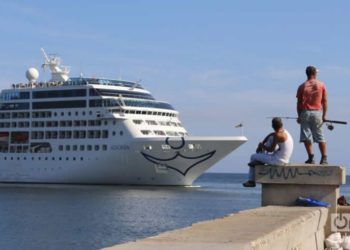Cuba-U.S.: To continue sowing the potato seed!
Potato’s contemporary history in Cuba has a bit of drama, suspense and even action. It is told by the pounds per capita and sold rationed in the producing provinces and in the country’s capital; the endless lines and the sense of unease of not knowing when “your next round will come.” That panorama could change, but it will not solely depend on the access to the seed market and the technological package, but rather on the domestic capacity of Cuban agriculture and, of course, the climate. To explore the business potentials in the fields, a representation of Potatoes USA – the marketing organization of 2,500 potato farmers operating in the United States, based in Denver, Colorado – visited Cuba last March 27-31 as part of an “an informational exchange mission,” according to Capital Press, a U.S. West coast publication specializing in agriculture. The delegation, made up by 16 seed producers, agronomists and members of the Potatoes USA council, met with officials from the Ministries of Agriculture and Foreign Affairs, with the presence of national producers as well. In Matanzas and Cienfuegos they visited two cooperatives where the tuber is harvested. “Despite the many challenges facing Cuban growers—such as lack of...








